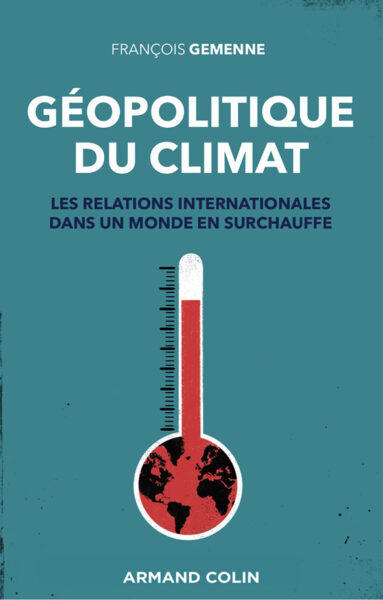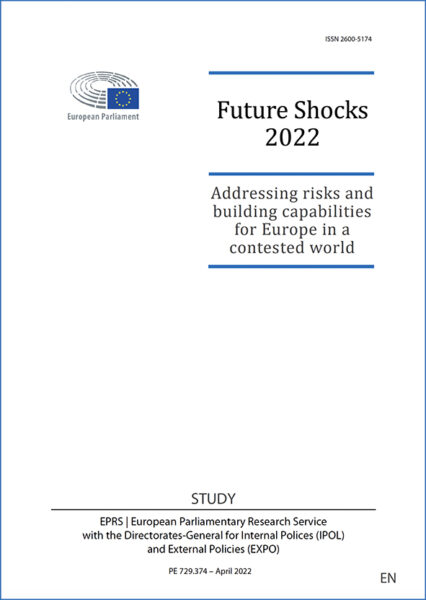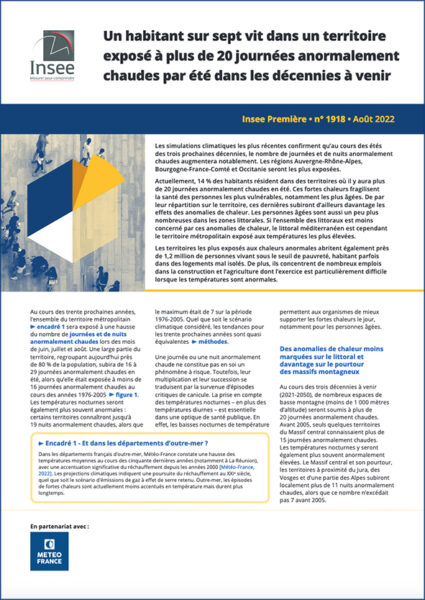As part of the special dossier in this issue on the geopolitical consequences of climate change, we publish here an article on migration linked to climatic phenomena. Drawing on the leading international studies in the field, Étienne Piguet shows the extent to which climate change could give rise to population movements.
Reminding us that this is a theme that has received relatively little attention, he begins by defining the concept closely and underlining the importance of terminology in this field. For example, these migrations will be spoken of as “environmentally induced population movements” rather than as movements of “environmental refugees” – to avoid, among other things, falling foul of the legal regime on refugees as currently defined by the United Nations. He goes on to show what the migratory consequences of global warming might be, as exemplified in three major types of climatic event: storms and floods, droughts and water shortages and, lastly, rises in sea level. As he stresses, this latter phenomenon is probably the only one that would give rise to irreversible migrations (in the other cases, the migrants would generally end up returning to their regions of origin), but it is likely to affect at least 146 million people, if not indeed four times that figure, depending on the time horizon considered.
As Piguet reminds us in his concluding remarks, since it is for the moment mainly the industrialized countries that are responsible for the carbon dioxide emissions which are bringing about climate change, it will be difficult for them to wash their hands of responsibility for these potential climate refugees. It is important, then, to gauge the extent of the problem and develop the resources – particularly the preventive resources – to meet it (e.g. combatting global warming, investing in suitable infrastructure, such as protective sea-walls etc.).
Migration and Climate Change
Cet article fait partie de la revue Futuribles n° 341, mai 2008



